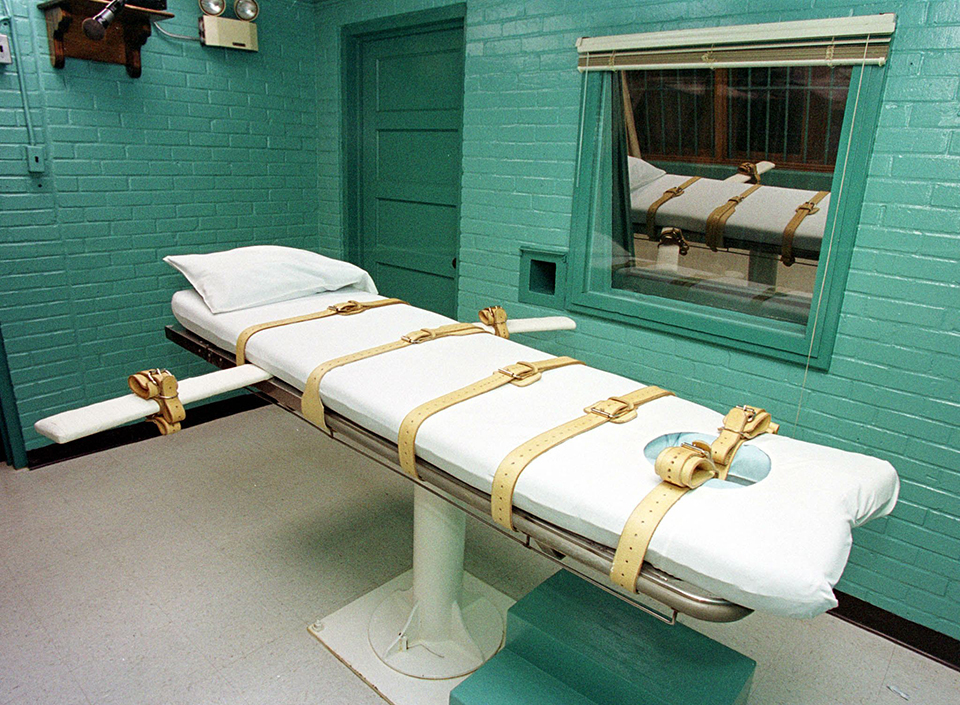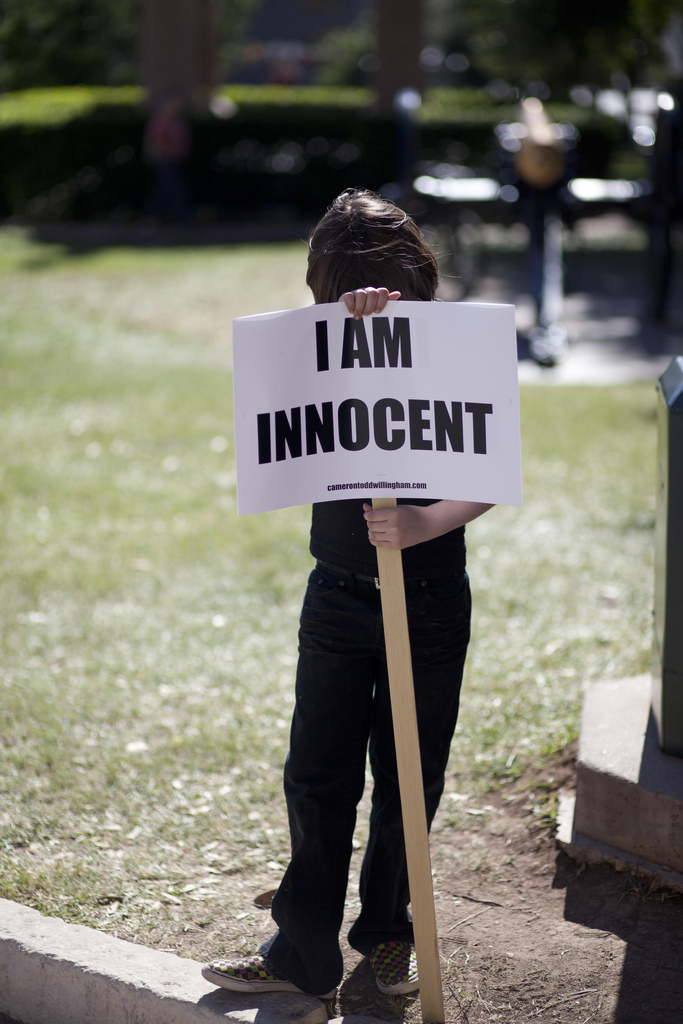A couple of weeks ago Texas Moratorium Network received a call from a member of the editorial board of the The Dallas Morning News, which has long been known as one of Texas’ most conservative newspapers. They wanted to talk about the death penalty, saying they were working on a series of editorials on the issue without saying exactly what the gist of the articles would be. We spoke about how TMN believes committees in the Texas Legislature would probably be convinced to pass moratorium legislation, as they did in 2001, if they would only schedule a hearing on the issue and listen to the type of powerful testimony from innocent, exonerated people that convinced the committees in 2001 to support a moratorium.
Now, we know what the series was all about. They have been critics of the system for several years and have called for a moratorium on executions at least six times. Now for the first time, the DMN is calling for an end to the death penalty in Texas. Their main reason is that “it is both imperfect and irreversible”.
On Sunday, they began publishing a series of editorials on the issue. The second article is titled: “A death penalty slowdown, but not in Texas“. A viewpoint in favor of keeping the death penalty by a dissenting member of their board is also part of the series. On Monday, they will publish another article, “Texas’ Next Step: Lawmakers should enact a moratorium and study flaws in full light”.
Also Online
Death no more: It’s time to end capital punishment
Mike Hashimoto: Opposing a death penalty repeal
Graphic: Key death penalty statistics (.pdf)
Chart: A dubious distinction (.pdf)
Chat: Editorial page editor Keven Ann Willey answers your questions at 2 p.m. Monday on DallasNews.com. | Send early questions
Coming Monday: Texas’ Next Step: Lawmakers should enact a moratorium and study flaws in full light.
An excerpt:
This board has lost confidence that the state of Texas can guarantee that every inmate it executes is truly guilty of murder. We do not believe that any legal system devised by inherently flawed human beings can determine with moral certainty the guilt of every defendant convicted of murder.
That is why we believe the state of Texas should abandon the death penalty – because we cannot reconcile the fact that it is both imperfect and irreversible.
And more:
Some death penalty supporters acknowledge that innocents may have been and may yet be executed, but they argue that serving the greater good is worth risking that unfortunate outcome. Supreme Court Justice Antonin Scalia argues that the Byzantine appeals process effectively sifts innocent convicts from the great mass of guilty, and killing the small number who fall through is a risk he’s willing to live with. According to polls, most Texans are, too. But this editorial board is not.
Justice Scalia calls these innocents “an insignificant minimum.” But that minimum is not insignificant to the unjustly convicted death-row inmate. It is not insignificant to his or her family. The jurist’s verbiage concealsThis marks a transgression against the Western moral tradition, which establishes both the value of the individual and the wrongness of making an innocent suffer for the supposed good of the whole. Shedding innocent blood has been a scandal since Cain slew Abel – a crime for which, the Bible says, God spared the murderer, who remained under harsh judgment.
This newspaper’s death penalty position is based not on sympathy for vile murderers – who, many most agree, deserve to die for their crimes – but rather in the conviction that not even the just dispatch of 10, 100, or 1,000 of these wretches can remove the stain of innocent blood from our common moral fabric.
This is especially true given that our society can be adequately guarded from killers using bloodless means. In 2005, the Legislature gave juries the option of sentencing killers to life without parole.
The state holds in its hands the power of life and death. It is an awesome power, one that citizens of a democracy must approach in fear and trembling, and in full knowledge that the state’s justice system, like everything humanity touches, is fated to fall short of perfection. If we are doomed to err in matters of life and death, it is far better to err on the side of mercycaution. It is far better to err on the side of life. The state cannot impose death – an irrevocable sentence – with absolute certainty in all cases. Therefore the state should not impose it at all. • A New Standard: Now that Texas juries have a choice, and life without parole is the superior option. Coming tomorrow.
You can write a letter to the editor of the DMN praising them for their decision using their online form.












